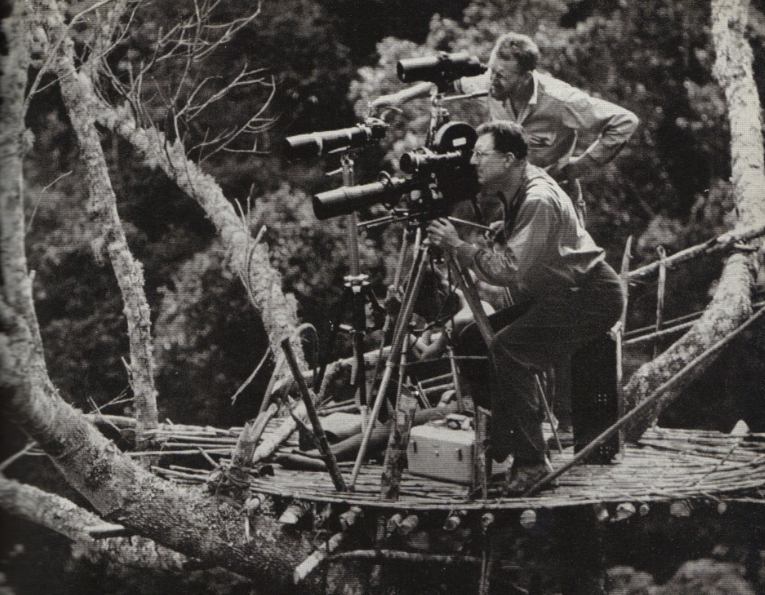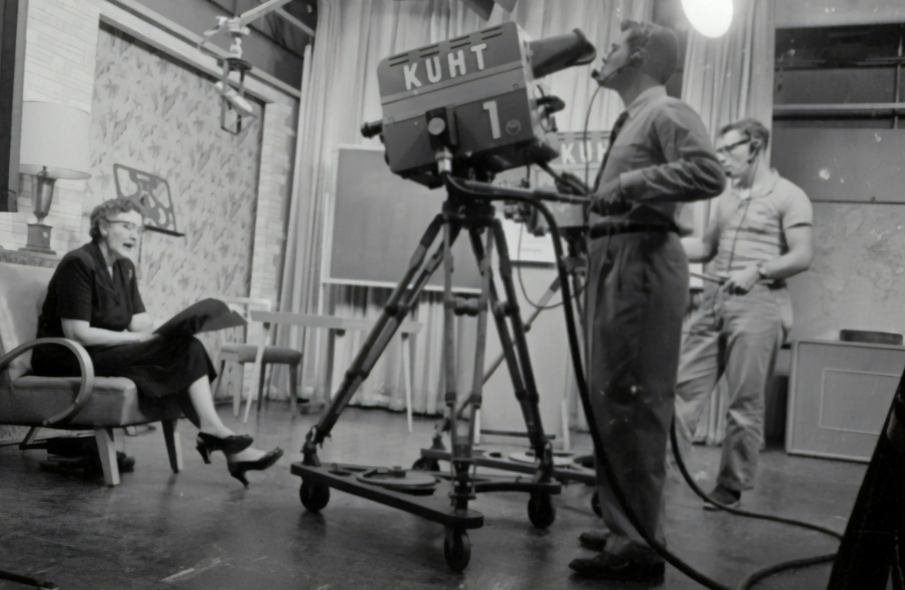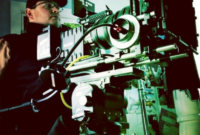
The silent film era marked the birth of cinematography as an art form. During this groundbreaking period, a handful of innovative cinematographers pioneered techniques that would shape the future of visual storytelling in cinema. In this article, we'll explore the lives, works, and legacies of the most influential cinematographers of the silent era.
The Birth of Cinematography
Cinematography emerged as a distinct art form in the early 20th century, with the advent of motion picture technology. The pioneers of cinematography were tasked with developing techniques to effectively capture and convey stories through moving images.
Some of the key challenges faced by early cinematographers included:
- Limited technology: Early film cameras were bulky, heavy, and difficult to maneuver, with limited film stock and lighting options.
- Lack of established conventions: Cinematographers had to experiment and invent new techniques to create visual narratives, as there were no established conventions for film language.
- Silent storytelling: Without the aid of synchronized sound, cinematographers had to rely solely on visual elements to convey emotions, actions, and story beats.
Influential Cinematographers of the Silent Era
Billy Bitzer (1872-1944)
Billy Bitzer was a pioneering American cinematographer who collaborated extensively with director D.W. Griffith. He was instrumental in developing many of the fundamental techniques of cinematography, including:
- Close-ups: Bitzer used close-up shots to capture emotional performances and direct the audience's attention to specific details.
- Fade-outs: He popularized the use of fade-outs to transition between scenes and convey the passage of time.
- Camera movement: Bitzer experimented with camera movement, such as panning and tracking shots, to create dynamic compositions and follow the action.
Bitzer's groundbreaking work can be seen in landmark films like "The Birth of a Nation" (1915) and "Intolerance" (1916), which showcased his innovative use of lighting, framing, and camera techniques.
Karl Freund (1890-1969)
Karl Freund was a German cinematographer who made significant contributions to the expressionist movement in cinema. He is renowned for his use of chiaroscuro lighting and atmospheric compositions to create mood and psychological depth.
Notable works by Freund include:
- "The Golem" (1920): Freund's use of stark, high-contrast lighting and expressive camera angles brought an eerie, otherworldly quality to this horror classic.
- "Metropolis" (1927): In collaboration with director Fritz Lang, Freund created iconic images of a dystopian cityscape through innovative use of miniatures, multiple exposures, and dynamic camera movement.
- "Dracula" (1931): Freund brought his expressionist sensibilities to Hollywood, using dramatic lighting and camera angles to create an atmosphere of dread in this influential horror film.
Freund's mastery of lighting and composition had a profound impact on the development of genres like horror and film noir.
Gregg Toland (1904-1948)
Gregg Toland was an American cinematographer who revolutionized the art form with his deep-focus photography and innovative use of lighting and framing.
Toland's most famous collaboration was with director Orson Welles on "Citizen Kane" (1941), a film that redefined the possibilities of cinematography. Toland's contributions included:
- Deep-focus photography: By using wide-angle lenses and small apertures, Toland achieved a greater depth of field, allowing multiple planes of action to remain in focus simultaneously.
- Low-angle shots: Toland frequently used low camera angles to create a sense of power, mystery, or unease, as seen in the iconic shots of Kane's mansion, Xanadu.
- Dramatic lighting: Toland's use of high-contrast, expressionistic lighting helped to create the film's moody, shadowy atmosphere and underline the psychological complexity of the characters.
Toland's groundbreaking work on "Citizen Kane" inspired generations of cinematographers and remains a benchmark for innovative visual storytelling.
The Legacy of Silent Era Cinematography
The pioneering work of cinematographers like Bitzer, Freund, and Toland during the silent era laid the foundation for the art form as we know it today. Their innovations in lighting, framing, camera movement, and visual storytelling established the language of cinema and continue to influence filmmakers and cinematographers to this day.
Some of the key lessons we can learn from the pioneers of cinematography include:
- The power of visual storytelling: Silent era cinematographers demonstrated how purely visual elements, such as lighting, composition, and camera movement, can convey story, emotion, and atmosphere.
- The importance of innovation: By experimenting with new techniques and pushing the boundaries of technology, these pioneers expanded the possibilities of the art form and created new ways of seeing and experiencing the world through cinema.
- The collaborative nature of cinematography: The groundbreaking work of these cinematographers often emerged through close collaboration with visionary directors, highlighting the importance of creative partnerships in achieving cinematic excellence.
By studying the lives, works, and legacies of the pioneering cinematographers of the silent era, we can gain a deeper appreciation for the art and craft of cinematography and draw inspiration for our own creative endeavors in the medium.
Discover how these pioneering techniques have evolved over the decades. Explore the journey of cinematography from the silent era to today's digital revolution in our next article.
Conclusion
The silent era was a time of incredible innovation and experimentation in the art of cinematography. The groundbreaking work of pioneers like Billy Bitzer, Karl Freund, and Gregg Toland not only shaped the language of visual storytelling but also laid the foundation for the future of the medium.
As we look back on the early masters of cinematography, we can marvel at their ingenuity, creativity, and dedication to their craft. Their legacies continue to inspire and inform the work of cinematographers and filmmakers today, reminding us of the power of visual storytelling to move, enchant, and transform audiences.
By studying the techniques, philosophies, and contributions of these pioneering cinematographers, aspiring filmmakers and cinematographers can gain valuable insights into the art form and find inspiration for their own creative journeys in the world of cinema.
See how the techniques developed by these early pioneers still influence some of the most iconic scenes in film history. Dive into a detailed analysis of famous DPs' work.
Further Readings
For those interested in learning more about the pioneers of cinematography and the silent film era, here are some recommended resources:
- "Cinematography in the Weimar Republic" by Samantha Ruiz: An in-depth exploration of German Expressionist cinematography during the 1920s.
- "Citizen Kane: A Filmmaker's Journey" by Harlan Lebo: A comprehensive look at the making of "Citizen Kane" and the groundbreaking collaboration between Orson Welles and Gregg Toland.
- "D.W. Griffith and Billy Bitzer: Their Collaboration and the Flowering of American Film" by Lauren W. Rabinovitz: An examination of the creative partnership between D.W. Griffith and Billy Bitzer and their impact on early American cinema.
- "The Haunted Screen: Expressionism in the German Cinema and the Influence of Max Reinhardt" by Lotte H. Eisner: A seminal work on German Expressionist cinema and the influential role of cinematographers like Karl Freund in shaping the movement.
By delving into these resources, readers can gain a more comprehensive understanding of the early masters of cinematography and their enduring impact on the art form.

